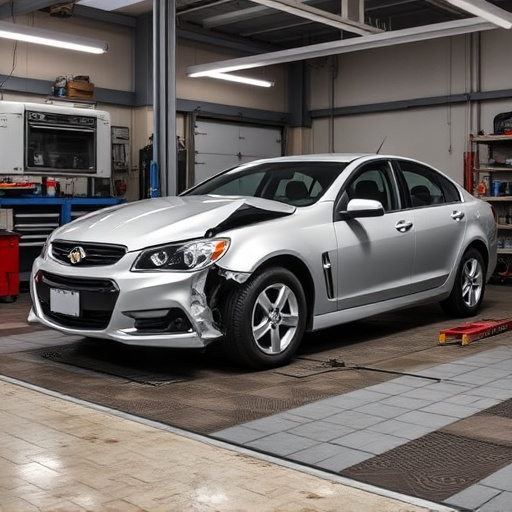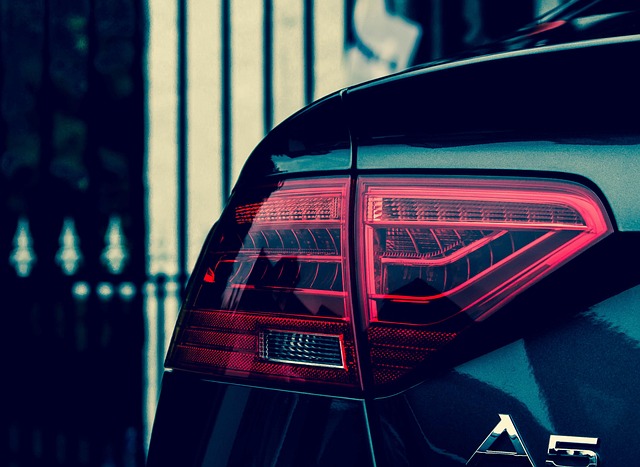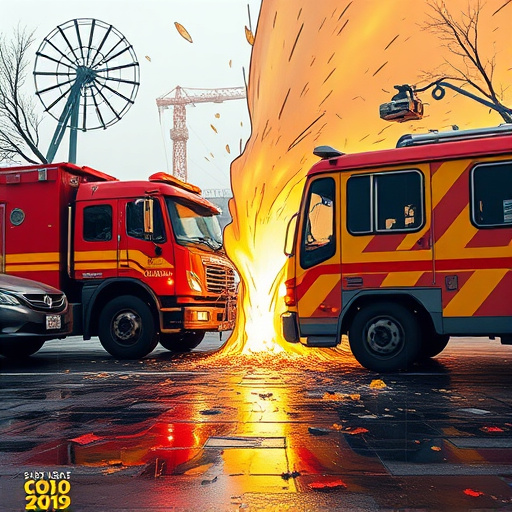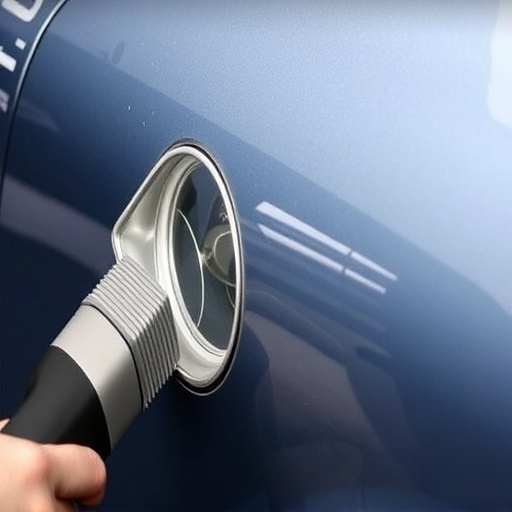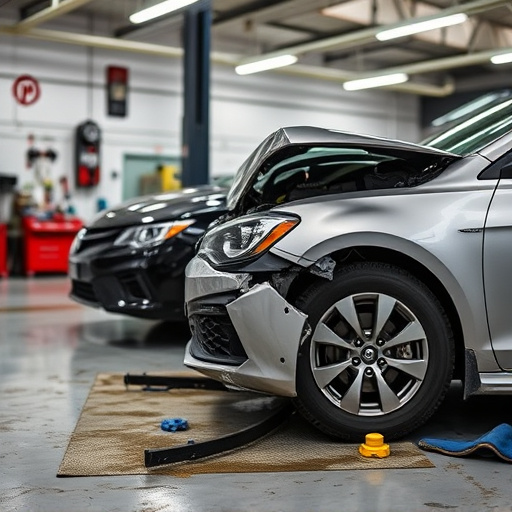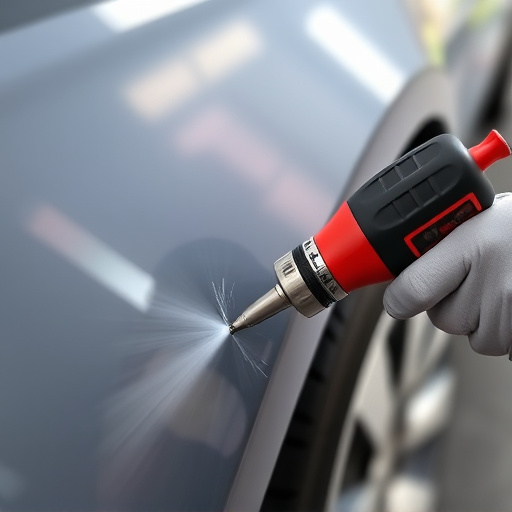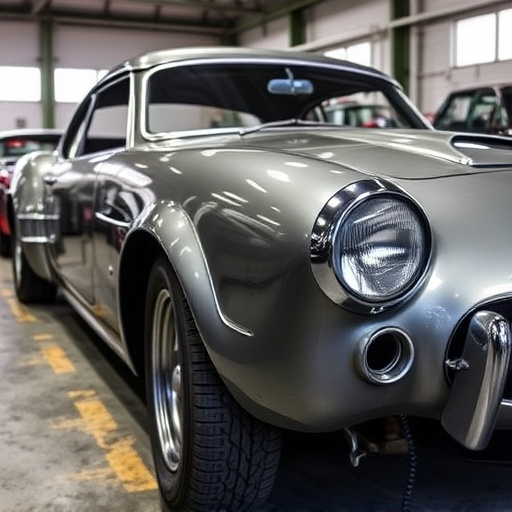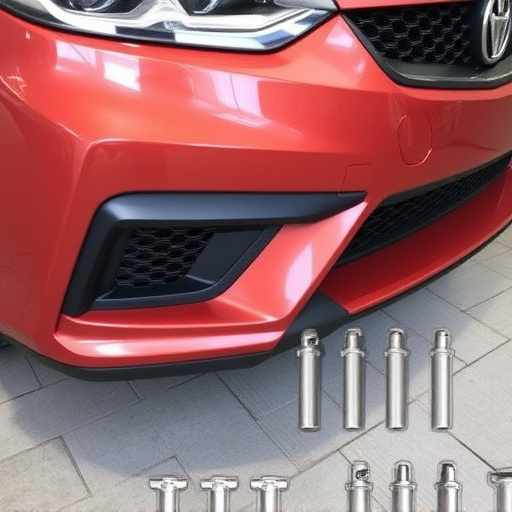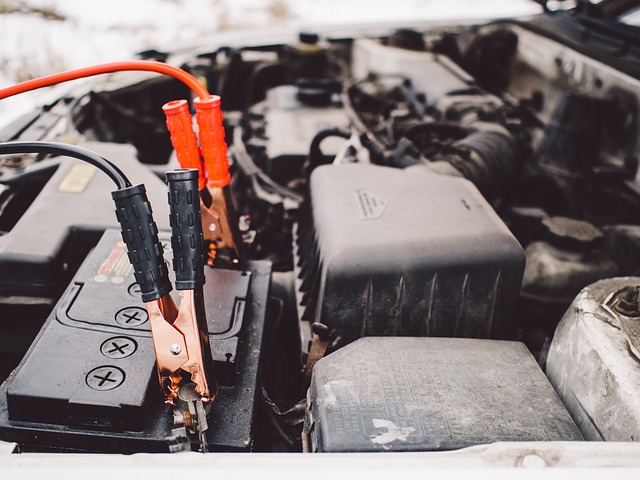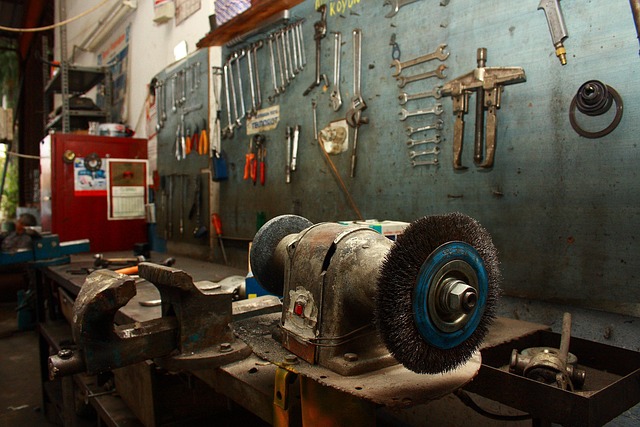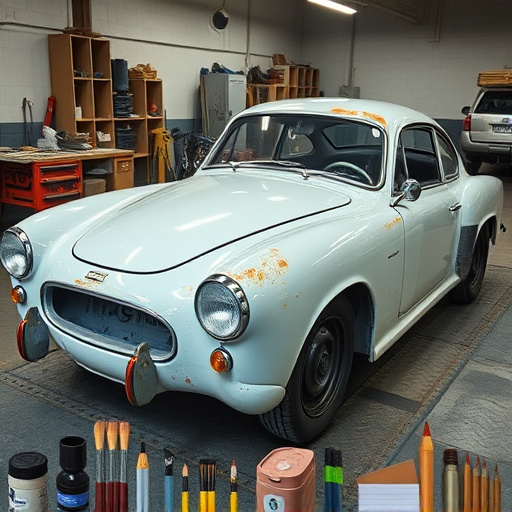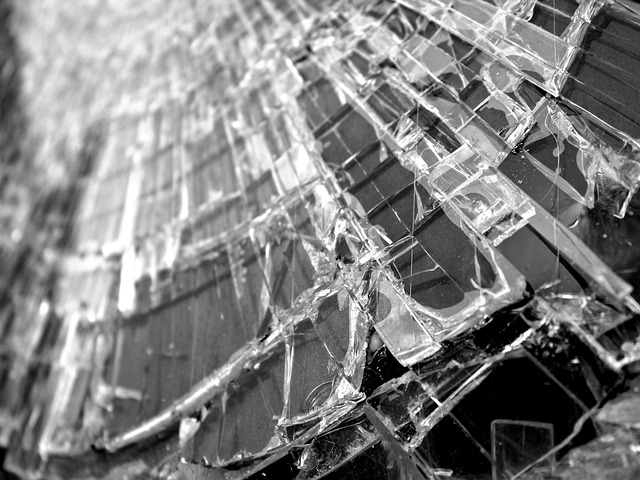A meticulous assessment of a vehicle's structural integrity is crucial before metal fabrication collision repair. Using advanced tools, damage and dents are identified, and accurate documentation ensures effective restoration. Proper evaluation prevents future complications, guaranteeing an aesthetically pleasing, safe, and durable repair. Computer-aided design aids in precise measurements for accurate replacement parts, while laser cutting and welding reshape panels to restore structural integrity and visual appeal.
Before diving into metal fabrication collision repair, a thorough evaluation of the vehicle’s structural integrity is crucial. This process involves assessing both visible damage and pre-existing dents, which can impact the repair scope. By documenting these issues, you’ll determine whether metal replacement or alternative techniques are required. Understanding these steps ensures efficient, effective repairs, revitalizing your vehicle to its pre-collision condition.
- Assess Vehicle's Structural Integrity Before Fabrication
- Identify and Document Pre-Existing Damage and Dents
- Determine Repair Scope: Metal Replacement and Techniques
Assess Vehicle's Structural Integrity Before Fabrication

Before diving into any metal fabrication collision repair process, it’s crucial to meticulously assess the vehicle’s structural integrity. This step is paramount in ensuring the safety and reliability of the final restoration. A comprehensive inspection involves checking for any signs of damage, such as cracked or distorted panels, misaligned body components, or weakened welds. Advanced diagnostic tools can aid in identifying hidden issues that might affect the overall structural soundness of the vehicle.
In a car body shop or during a classic car restoration project, understanding the vehicle’s structural integrity is key to delivering top-notch results. By thoroughly evaluating the damage and addressing it proactively, fabricators can prevent future complications and ensure every repair aligns with the highest standards. This careful navigation through the metal fabrication collision process guarantees not only a visually appealing finish but also a safe and durable driving experience.
Identify and Document Pre-Existing Damage and Dents

Before initiating any metal fabrication collision repair process, it’s imperative to conduct a meticulous inspection of the vehicle. This involves identifying and documenting all pre-existing damage and dents that could impact the final restoration outcome. Such an assessment is crucial in understanding the scope of work ahead and ensuring accurate auto body repairs.
During this initial evaluation, consider using advanced techniques like digital imaging or 3D scanning to capture detailed visuals of the vehicle’s surface. These methods enable a comprehensive analysis, allowing technicians at collision repair centers to identify subtle imperfections that might go unnoticed during a visual inspection. Proper documentation of these pre-existing conditions is key in facilitating effective vehicle restoration.
Determine Repair Scope: Metal Replacement and Techniques
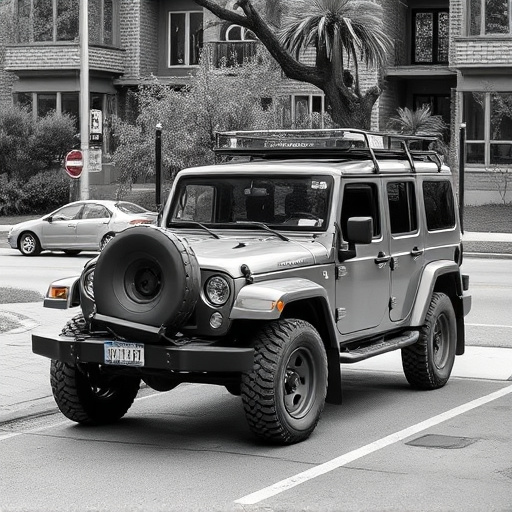
Before diving into metal fabrication collision repair, it’s crucial to thoroughly evaluate the extent of damage and determine the repair scope. This involves assessing every aspect of the car bodywork, from minor dents and scratches to more significant structural damage. By carefully examining the vehicle, you can identify which parts require replacement and which can be repaired.
Metal replacement techniques play a pivotal role in effective vehicle collision repair. For complex damages, computer-aided design (CAD) technology is invaluable, enabling precise measurements and ensuring accurate replacement parts. In many cases, laser cutting and welding are employed to reshape metal panels and components. These advanced techniques, combined with skilled craftsmanship, restore the car bodywork to its original condition, maintaining structural integrity and aesthetic appeal.
Before initiating any metal fabrication collision repair, a thorough evaluation of the vehicle’s structural integrity, documentation of pre-existing damage, and definitive determination of the repair scope are crucial steps. These processes ensure that the final restoration not only matches the original specifications but also enhances safety and aesthetic appeal. By following these guidelines, professionals in the field can provide top-quality services for metal fabrication collision repairs.

